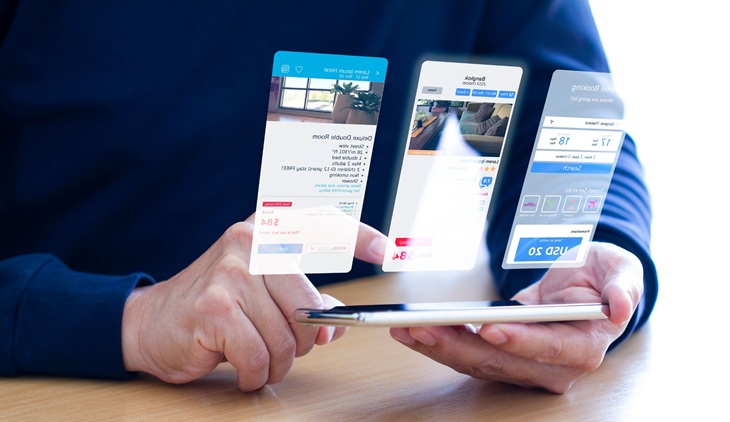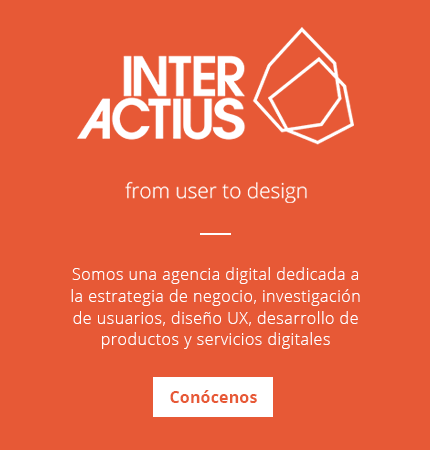
In the manufacturing sector, legacy applications have long played a central role in managing processes, inventory, supply chains, and quality control. However, with digital transformation sweeping across industries, relying on outdated systems can hinder innovation, reduce efficiency, and increase costs. Modernizing legacy applications has become a strategic necessity for manufacturers looking to stay competitive in today’s fast-evolving technological landscape.
Why Legacy Applications Need Modernization
Legacy applications, often built decades ago, were tailored to the specific needs of a manufacturing plant at that time. While reliable, these systems come with several limitations:
- Lack of integration with modern software and hardware.
- Security vulnerabilities due to outdated architectures.
- High maintenance costs and shrinking pools of developers familiar with old programming languages.
- Limited scalability, restricting the ability to grow or adapt to new demands.
Modern manufacturing demands agility, data-driven decision-making, and seamless connectivity across operations. This makes legacy applications development and modernization essential to unlocking new capabilities.
Key Benefits of Modernizing Legacy Applications
1. Improved Operational Efficiency
Modern systems offer automation, real-time monitoring, and advanced analytics, enabling manufacturers to optimize production lines, minimize downtime, and reduce waste.
2. Enhanced Integration
Up-to-date platforms can easily integrate with modern technologies such as IoT sensors, cloud platforms, and AI-driven analytics tools. This enhances data flow across departments, from the shop floor to enterprise-level decision-making.
3. Reduced Technical Debt
Maintaining old systems often consumes a significant portion of IT budgets. Modernization helps eliminate technical debt and frees up resources for innovation and process improvement.
4. Better User Experience
Modern interfaces are user-friendly, mobile-compatible, and customizable, improving usability for shop floor workers and managers alike.
Approaches to Legacy Application Modernization
There’s no one-size-fits-all strategy when it comes to modernization. The approach depends on factors such as business goals, system complexity, and available resources.
1. Rehosting (Lift and Shift)
This involves moving applications to modern infrastructure (like cloud platforms) without changing their code. It’s quick and cost-effective but doesn’t leverage the full potential of modernization.
2. Replatforming
Here, the core application remains the same, but components such as the database or runtime environment are upgraded to modern equivalents.
3. Refactoring
Refactoring means restructuring the existing codebase to improve performance, maintainability, and scalability without changing the core functionality.
4. Rebuilding or Rewriting
This is a complete overhaul where the legacy application is rebuilt using modern programming languages, frameworks, and cloud-native principles.
5. Replacing
Sometimes, it’s more cost-effective to replace an old system with a commercial off-the-shelf (COTS) solution that meets current and future business needs.
Best Practices for a Successful Modernization Journey
Start with a Thorough Assessment
Evaluate your existing systems to understand their dependencies, usage patterns, and pain points. This step will help prioritize which applications to modernize first.
Define Clear Business Objectives
Align modernization efforts with business goals such as improving productivity, reducing costs, or enhancing customer satisfaction.
Involve Key Stakeholders
Modernization is not just an IT project. Involve operations, finance, supply chain, and quality assurance teams to ensure all needs are met.
Embrace Agile Methodologies
Agile and DevOps practices facilitate faster delivery, continuous improvement, and closer alignment between IT and business units.
Prioritize Security
Modern platforms should be designed with robust security protocols to protect sensitive manufacturing data from cyber threats.
Challenges in Modernizing Legacy Applications
While the benefits are substantial, the journey can be complex. Common challenges include:
- Data migration issues: Ensuring the integrity and accuracy of data while transitioning to new platforms.
- Downtime risk: Maintaining business continuity during the transition process.
- Change management: Training staff and managing resistance to new systems and processes.
- Budget constraints: Balancing modernization costs with expected ROI.
Real-World Impact: Modernization in Action
Consider a manufacturing firm that relied on a 20-year-old ERP system built on a now-defunct language. Integration with modern warehouse management systems (WMS) and customer portals was virtually impossible. After modernizing their legacy applications by refactoring key modules and deploying to a cloud-native architecture, the company achieved:
- 35% reduction in system downtime
- Real-time inventory visibility across multiple plants
- Seamless integration with modern e-commerce platforms
- A more intuitive user interface for plant workers
This is a clear testament to the power of legacy applications development and modernization done right.
Future-Proofing Manufacturing Through Modernization
As Industry 4.0 becomes the norm, technologies like AI, machine learning, and edge computing are increasingly central to manufacturing operations. Modernizing legacy applications ensures your IT infrastructure is ready to harness these innovations.
By adopting a forward-looking approach and committing to continuous improvement, manufacturers can transform legacy systems from business bottlenecks into strategic enablers.
Conclusion
Modernizing legacy applications is not just about upgrading technology it’s about transforming the way manufacturing companies operate. It unlocks new levels of efficiency, responsiveness, and innovation. By taking a strategic, phased approach, organizations can mitigate risks, control costs, and maximize business value.
In a competitive and ever-evolving industry, investing in legacy applications development and modernization is no longer optional it’s a critical step toward future readiness.
Author Bio: Mosche Amara is an experienced cloud migration expert holding valuable insights into securing healthcare patient data. With her expertise, she assists practitioners in making modern decisions.









